- Stay Connected
 Abraham Lincoln
If given the truth, the people can be depended upon to meet any national crisis...
Abraham Lincoln
If given the truth, the people can be depended upon to meet any national crisis...
 Guildford news...
for Guildford people, brought to you by Guildford reporters - Guildford's own news service
Guildford news...
for Guildford people, brought to you by Guildford reporters - Guildford's own news service
Birdwatcher’s Diary No.251
Published on: 29 Mar, 2022
Updated on: 30 Mar, 2022
By Malcolm Fincham
Above average temperatures and bright spells continued into March. Although breezes remained cool it was dry for the most part.
See also: Birdwatchers Diary Makes the “Fee” Worth It
This gave me the opportunity of a few visits to Tice’s Meadow, between Badshot Lea and Farnham, during the first weeks of the month. Not only did it give me the chance to meet again with some of the friendly birdwatching team there, but also observe the continuing preservation work achieved by their ‘work party’ teams. “Build it and they will come” is an apt saying when it comes to wildlife.
Despite the fact that wintering redwings and bramblings were still lingering locally, the first signs of spring were slowly but surely becoming evident.
Chiffchaffs had now broken into their basic but welcomed summer song. Heard now at various locations, including at Tice’s.
A “gulp” of cormorants could be viewed lined up on the fence posts out on the water.
A red kite was a regular sight, often gliding low over the viewing mound.
Two little egrets were a regular sight.
Often flying up from the stream when least expected.
And grey herons are always present.
Great crested grebes were rapidly changing into summer plumage.
Although too distant to photo, a couple of green sandpipers could be viewed on the far “scrape” through a “scope”. They were a first this year, for me.
At a feeding station, several of the more common garden birds could be viewed. Allowing a few “at one” moments with the various finches feeding.
While several dunnocks scurried about on the ground picking up fallen seed.
I was also able to see a few more over-wintering butterflies now on the wing as the month progressed. They started to emerge on the warmer days.
These included a few brimstone butterflies. Now emerging from hibernation, they are thought to be the longest living of our UK species, with a life span of up to 10 months.
Brimstones are also thought to be the origination of the name butterfly because of their bright yellow colour.
Also now seen were small tortoiseshells.
Peacock butterflies were also in good number.
While a few comma butterflies were starting to emerge.
Red admiral butterflies could be seen at various locations. Often with open wings, warming themselves in the sunlight.
Local to home, a few species of insects had begun to emerge, drawn out by the warmth of the sun. At Britten’s Pond, by March 10 temperatures in Surrey had reached the mid-teens making it the warmest day of the year so far.
A small group of solitary bees could be seen buzzing around by the water’s edge. My attempts to look them up later that day suggested to me that they were andrena clarkella. Although if wrong, I am sure I will find a correction in the comments section below!
In the field just beyond Britten’s Pond two roe deer could be seen. The stag easily recognised by its antlers, velvet in appearance while in their spring growth.
My first singing chiffchaff at that location could now be heard too.
While in among the trees close to the railway line a pair of great spotted woodpeckers could be seen and heard “drumming”.
Adding to the photos, I was able to capture a treecreeper as it elevated itself up a tree, seeking insects.
The sounds of nuthatches revealed their locations in trees still bare of leaf.
A pair of long-tailed tits were already adding their final touches to the nest they had been making.
The recent days of blue skies and sunshine meant that common buzzards could regularly be viewed circling overhead.
A pair of red kites continued to be a regular sight over the gardens over Stoughton and Rydes Hill.
While watching the jackdaws heading to their daily roost site from my garden, a large group of 200 or more, high-flying birds could be viewed flying north-east. Almost certainly all redwings. No doubt they were heading for their summer breeding grounds across the North Sea.
At the Riverside Nature Reserve, near Burpham, early in the month a Cetti’s warbler could be heard calling on occasions.
A few teal still lingered, one drake showing surprisingly well.
A pair of stonechats were also a surprise sighting, both seen perched up in the hawthorn at the southern end of the lake.
An opportunity to visit Staines Reservoir with Dougal, helped me to add a few more sightings and photos to this year’s listings.
One of which was a drake scaup that was showing extremely well close to the causeway.
Although having already seen black-necked grebes there earlier in the year, they were much closer on this occasion. Because of better light I could achieve better photos of them, and now coming into their summer plumage too.
A pair of great crested grebes drifted past, snoozing with heads tucked in, although still totally aware of what was going on about them.
Soon to migrate north to their breeding grounds, a few goldeneye duck were still present.
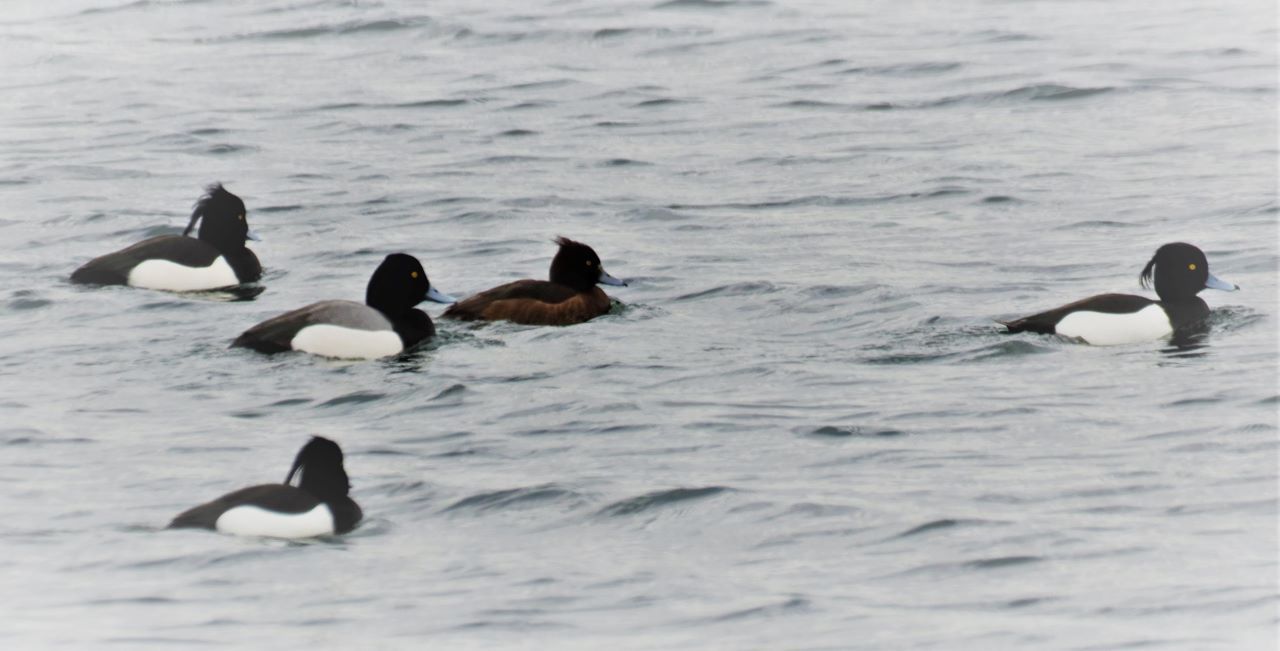
A drake hybrid scaup, with a darker coloured back was also present, with tufted ducks at Staines Reservoir.
Along with rafts of tufted ducks and shovelers.
While a few wintering water pipits had stopped off, passing through on passage.
As well as a few white wagtails among the pied wagtails there.
A little ringed plover was a welcome addition, and my first summer visitor from Africa, showing well by the causeway.
On the far bank of the north basin, in the direction of Heathrow Airport, a fox could be seen.
While another opportunistic hunter of carrion, the red kite, could be seen drifting by.



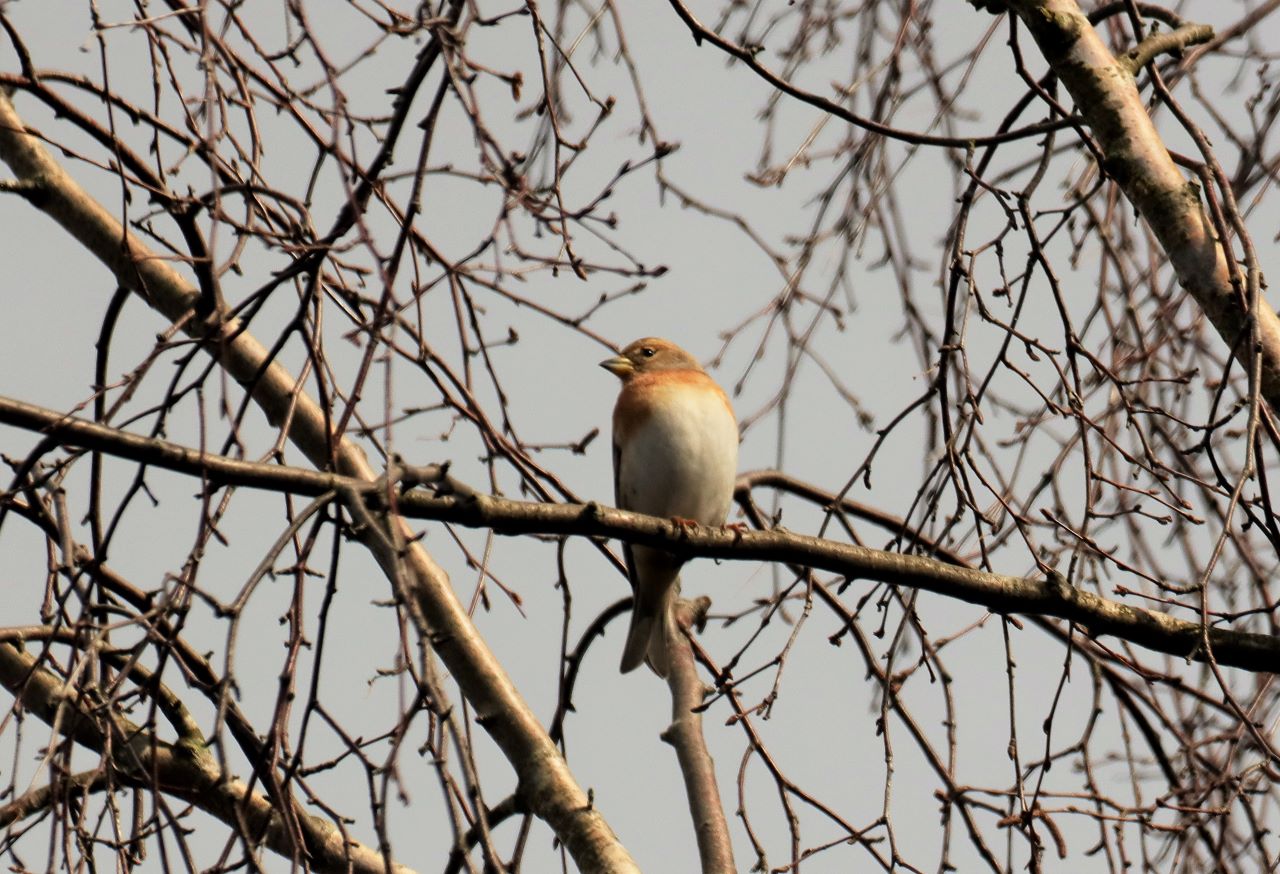


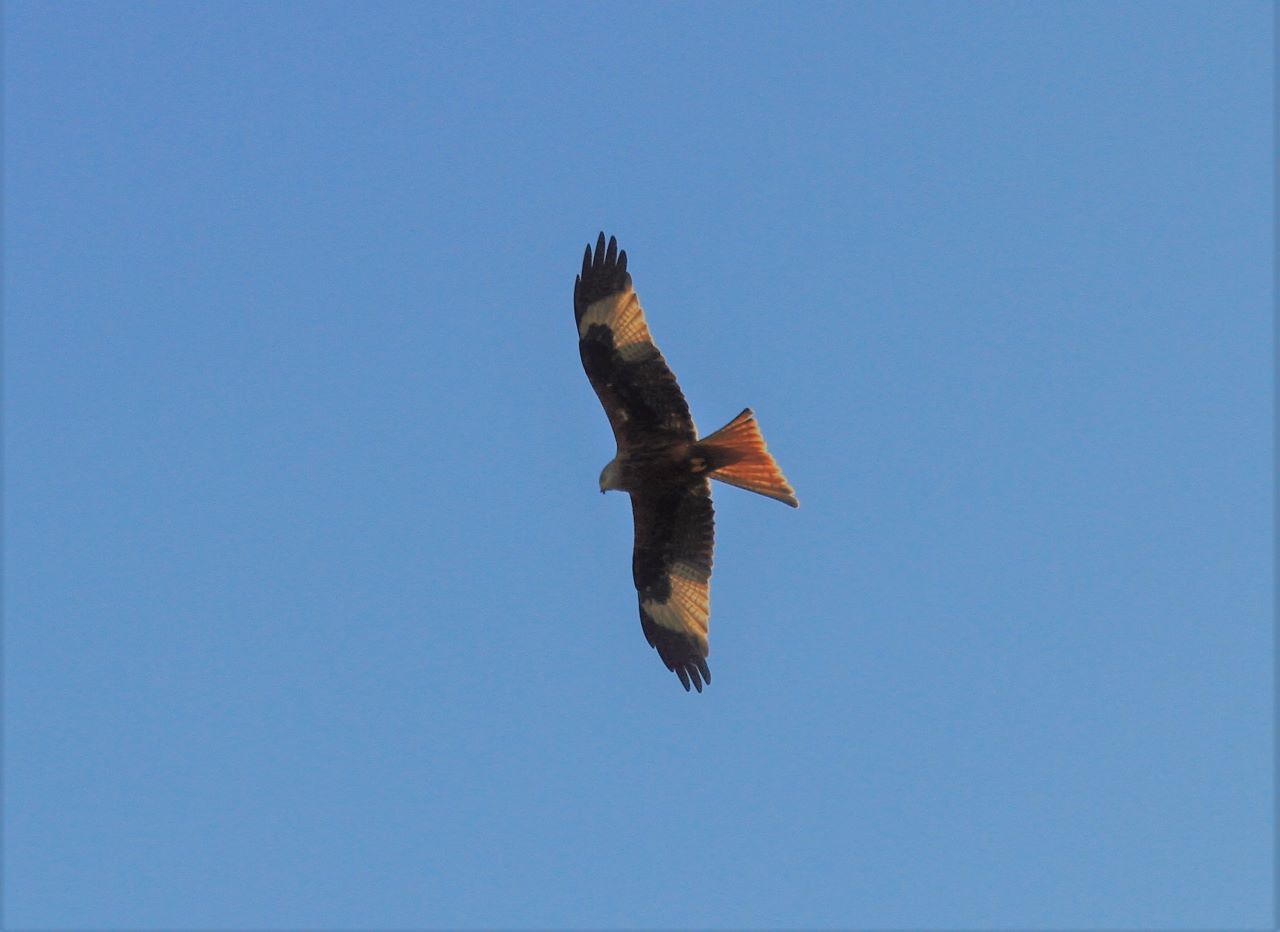
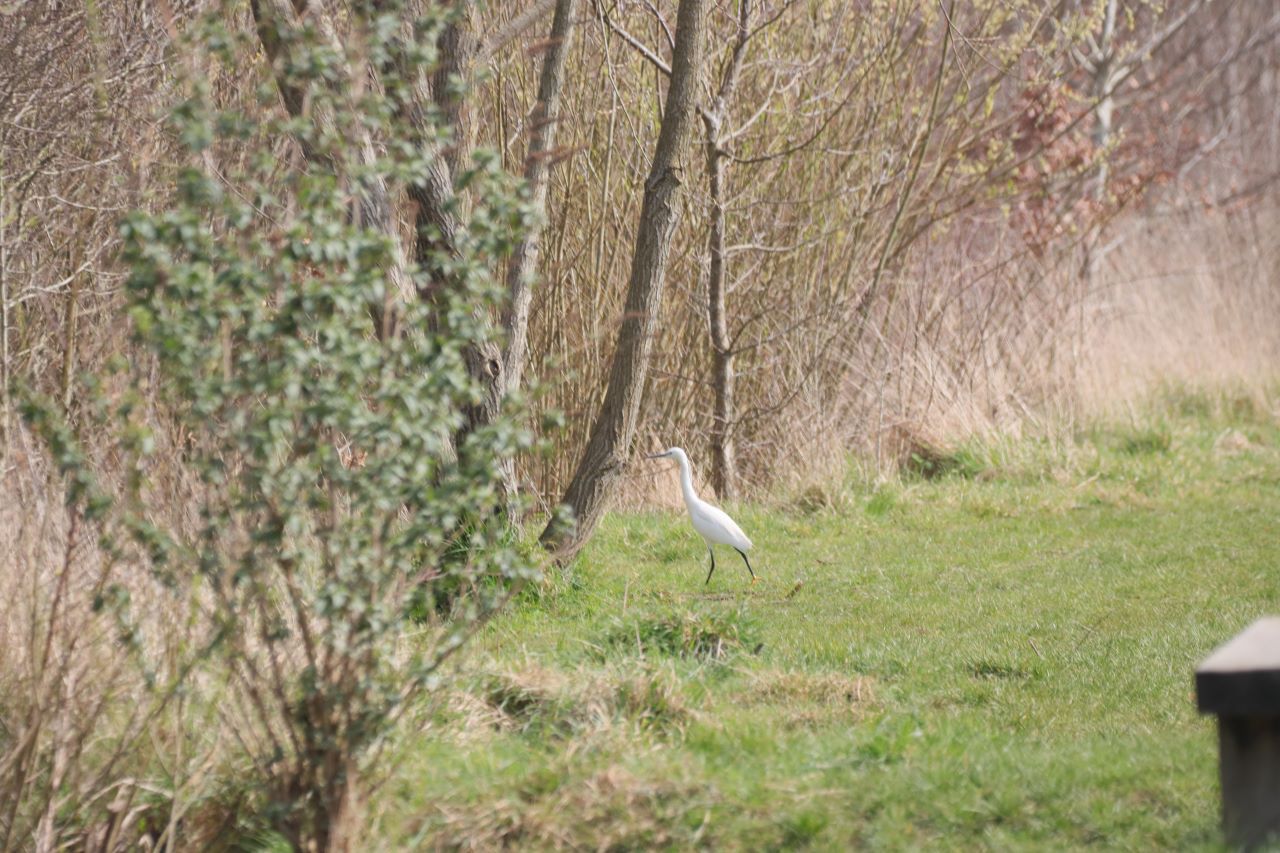
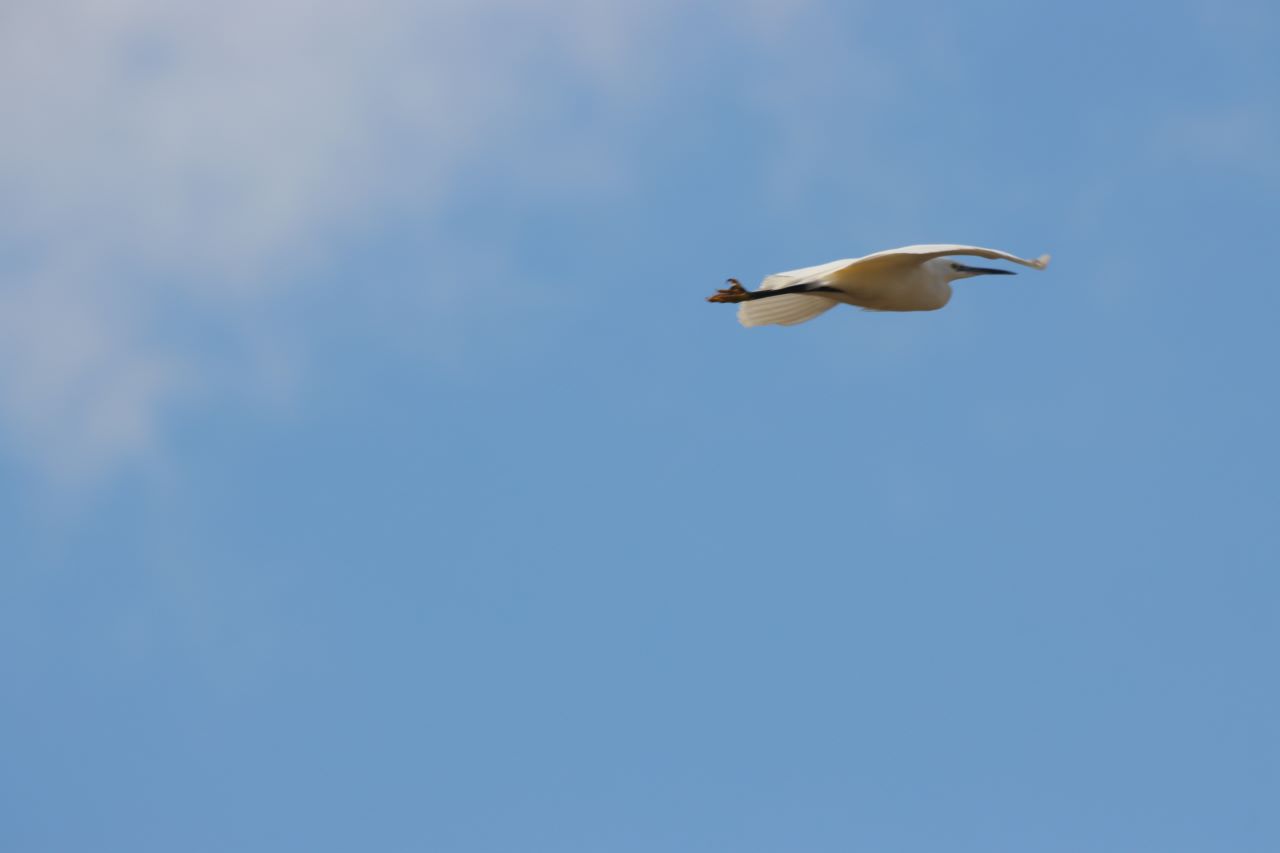

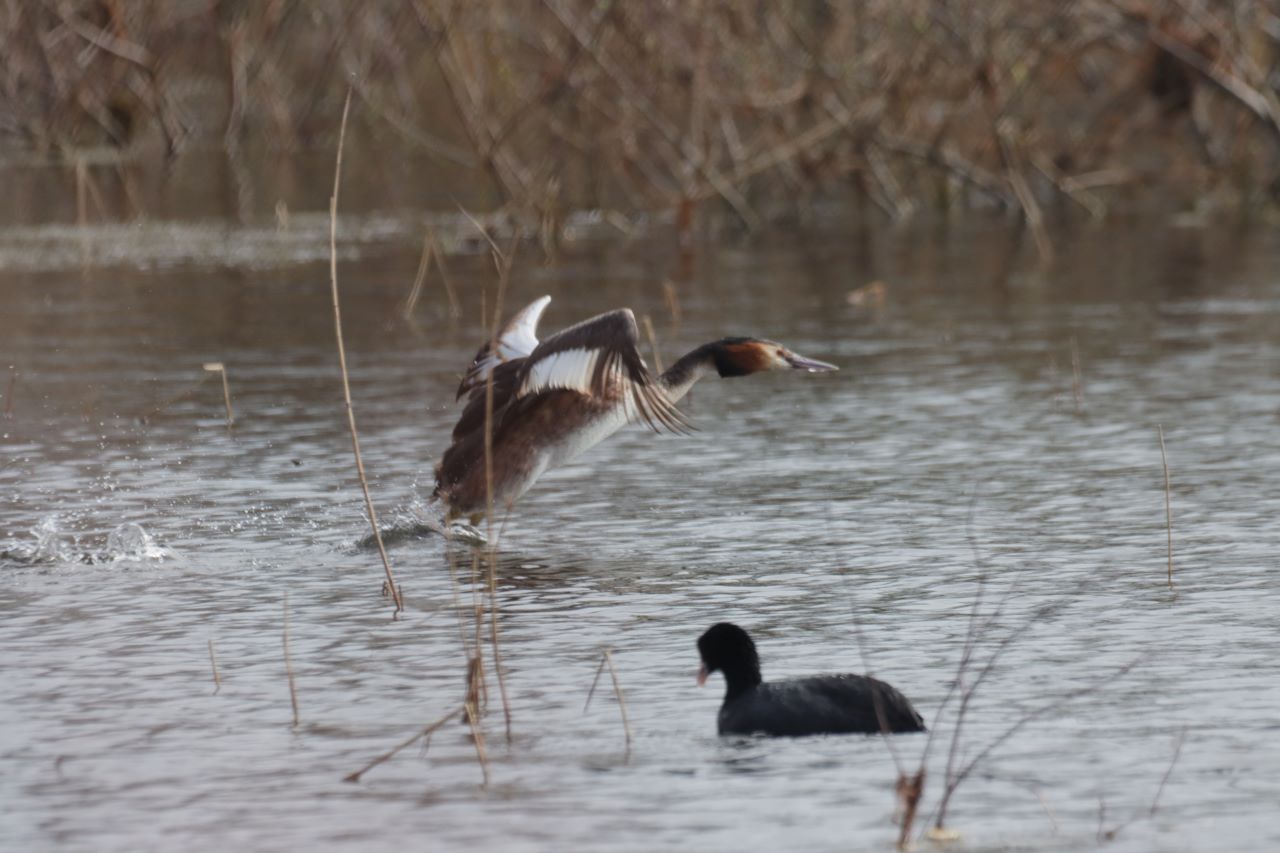


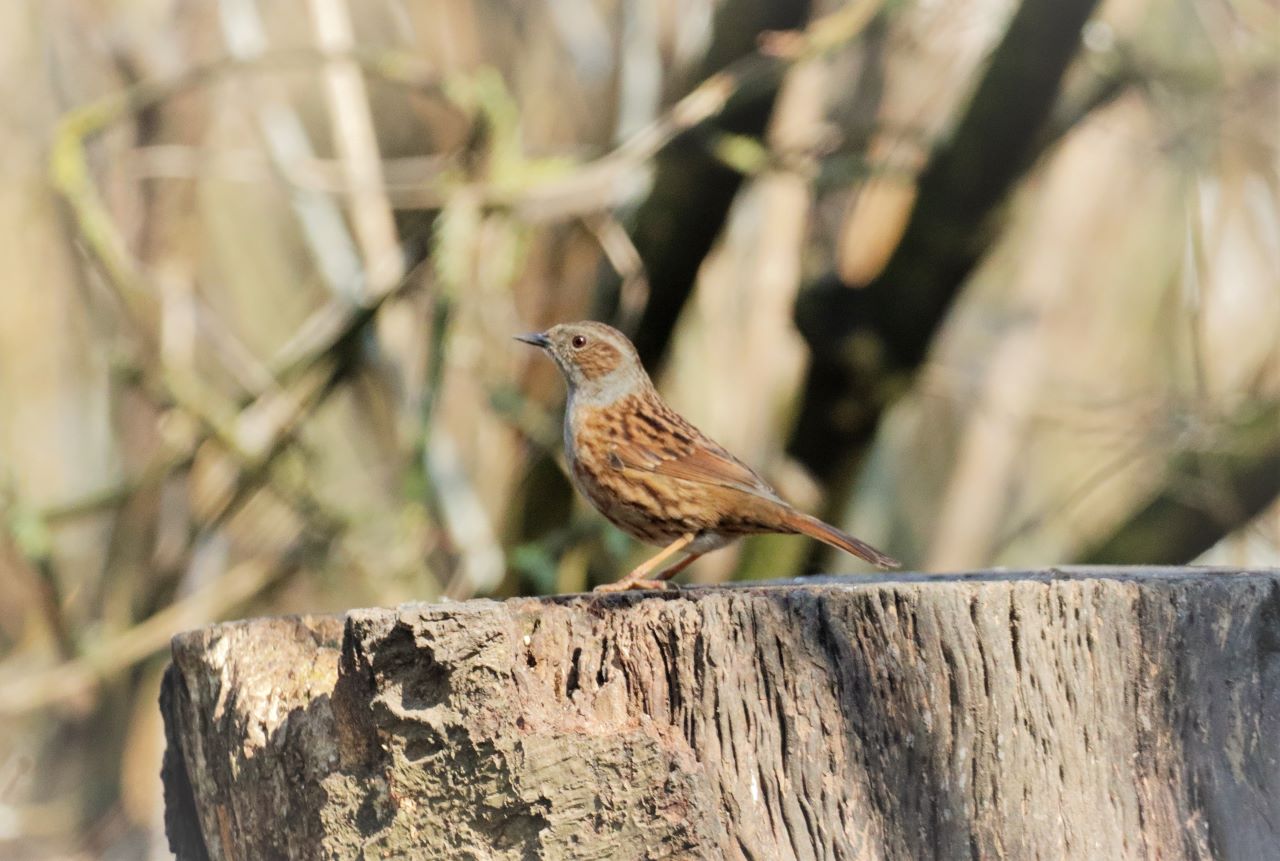
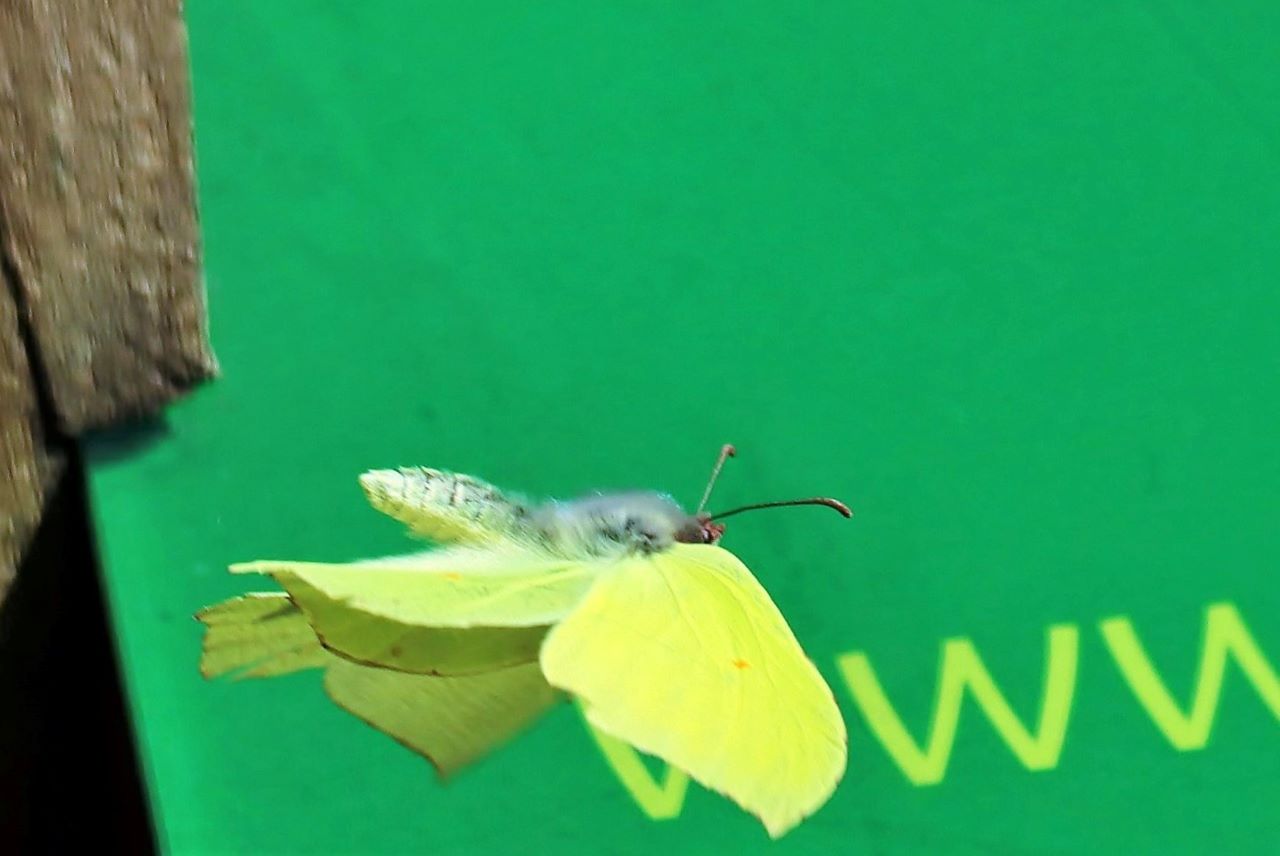
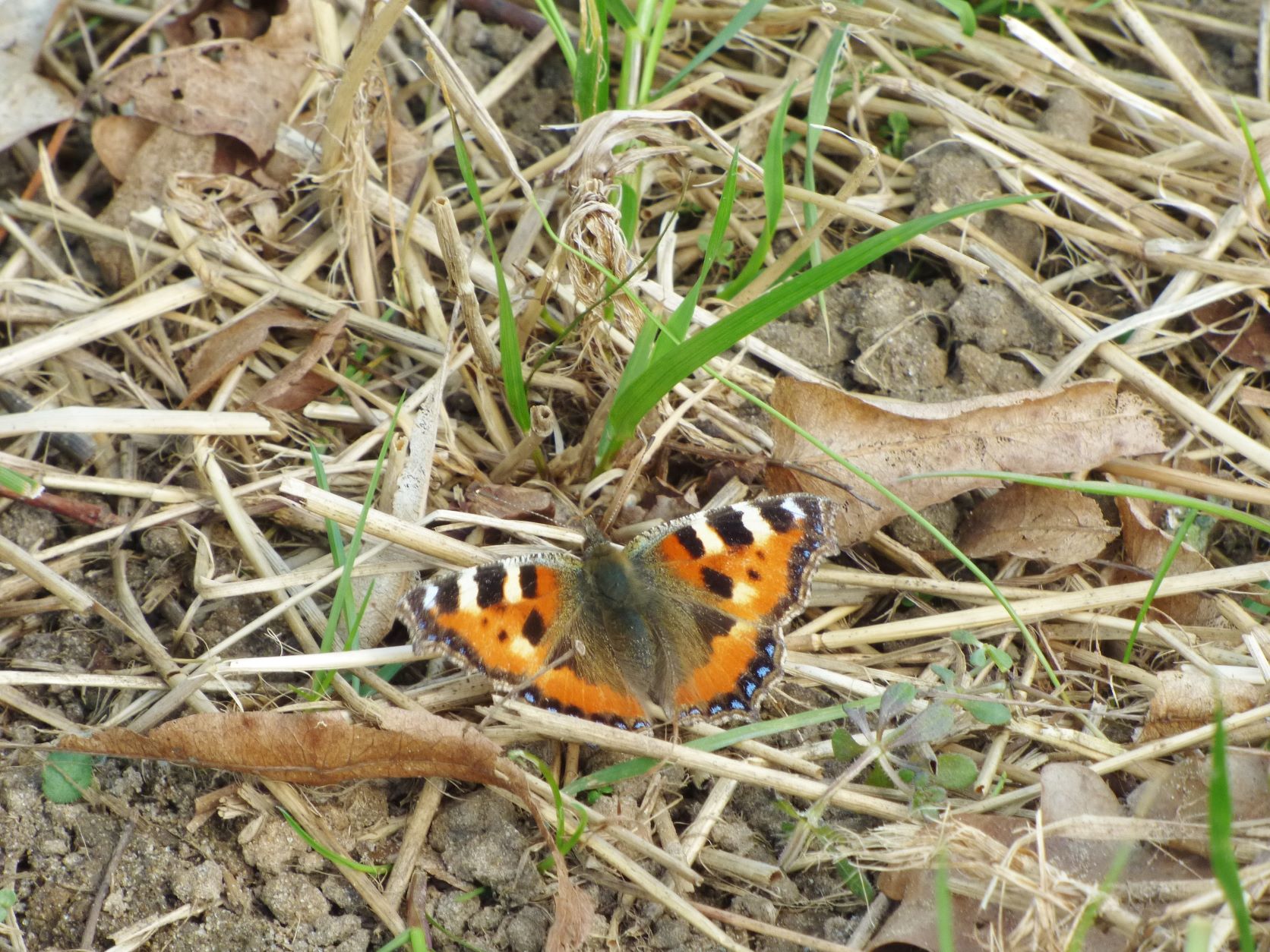
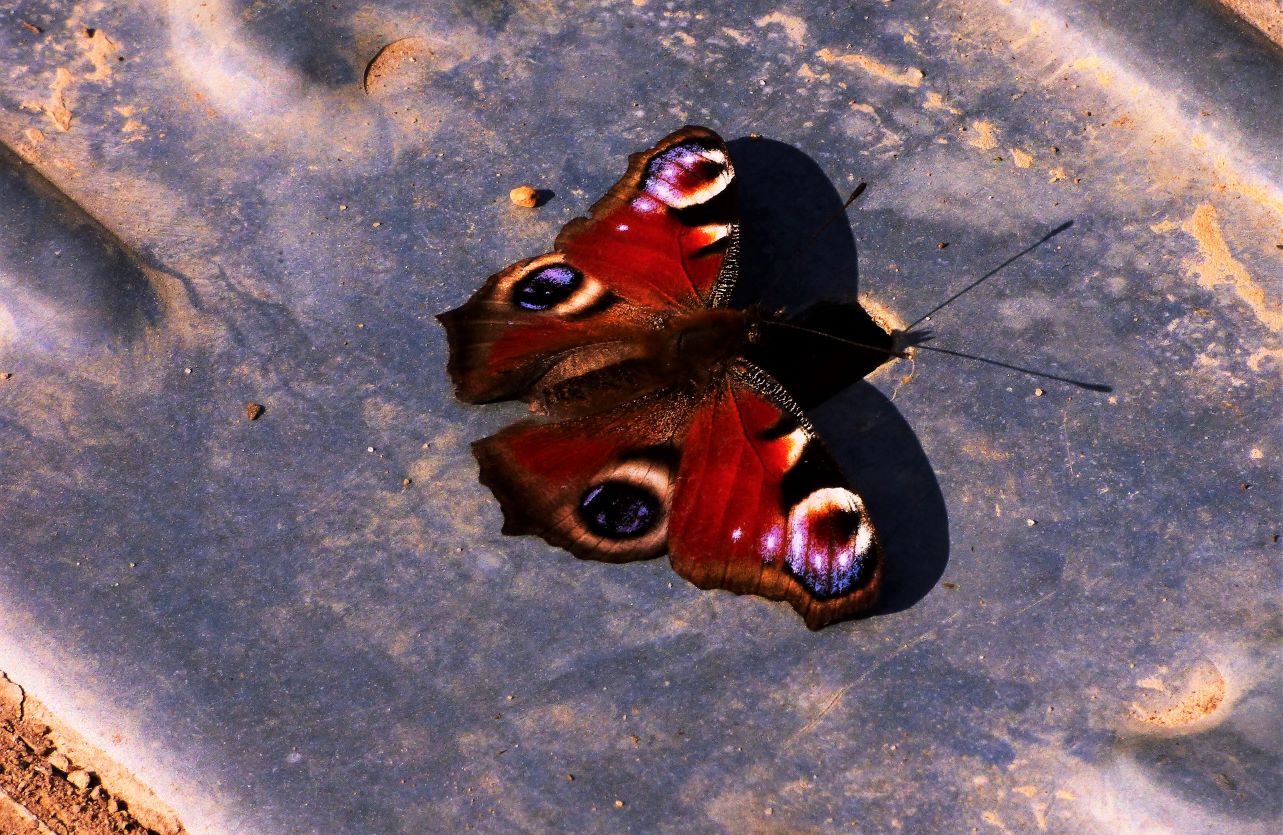

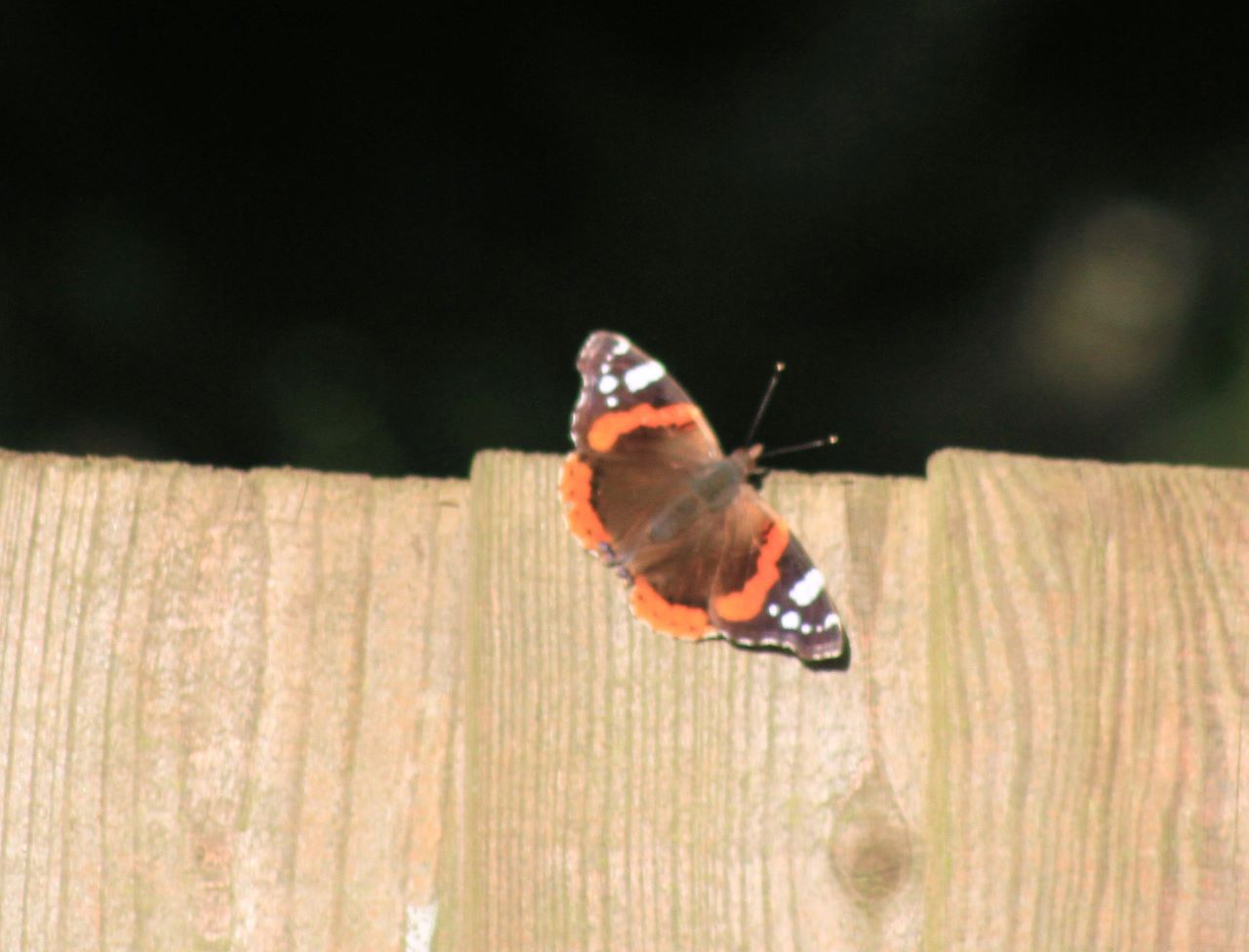

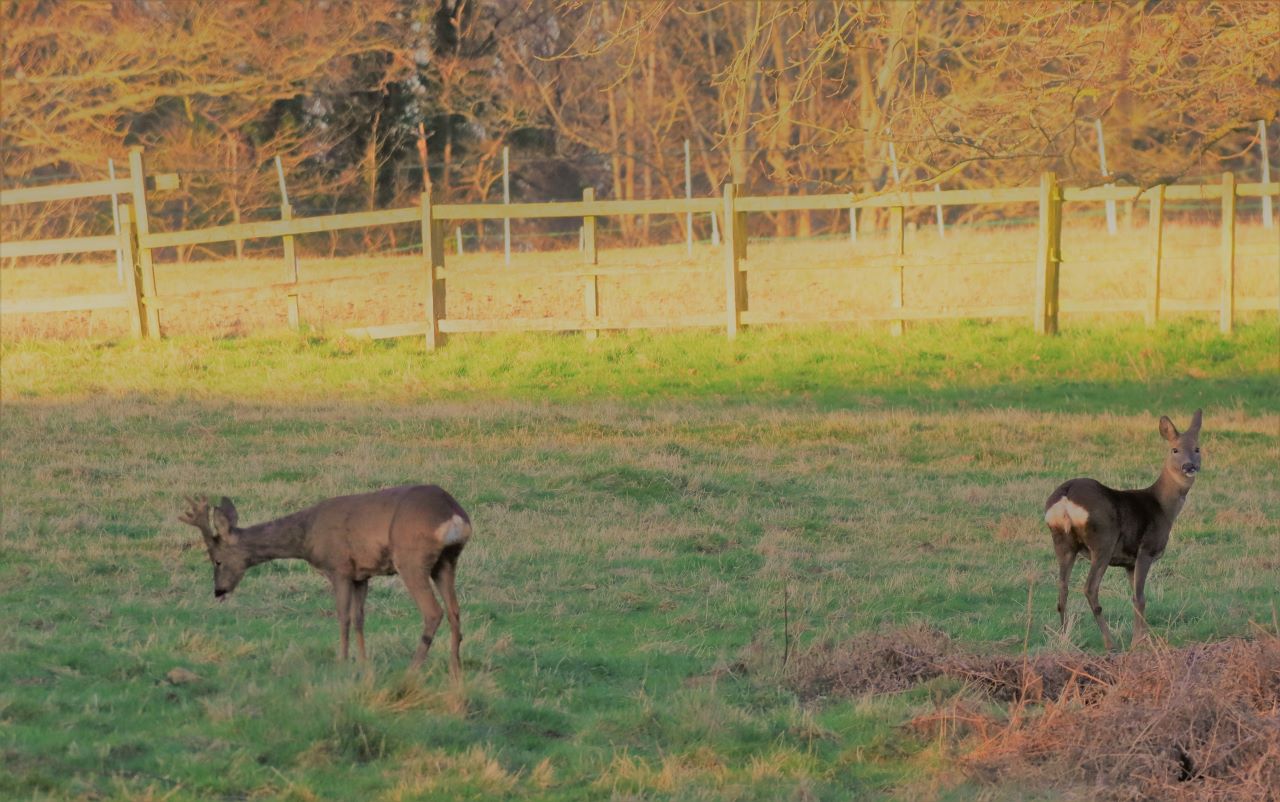
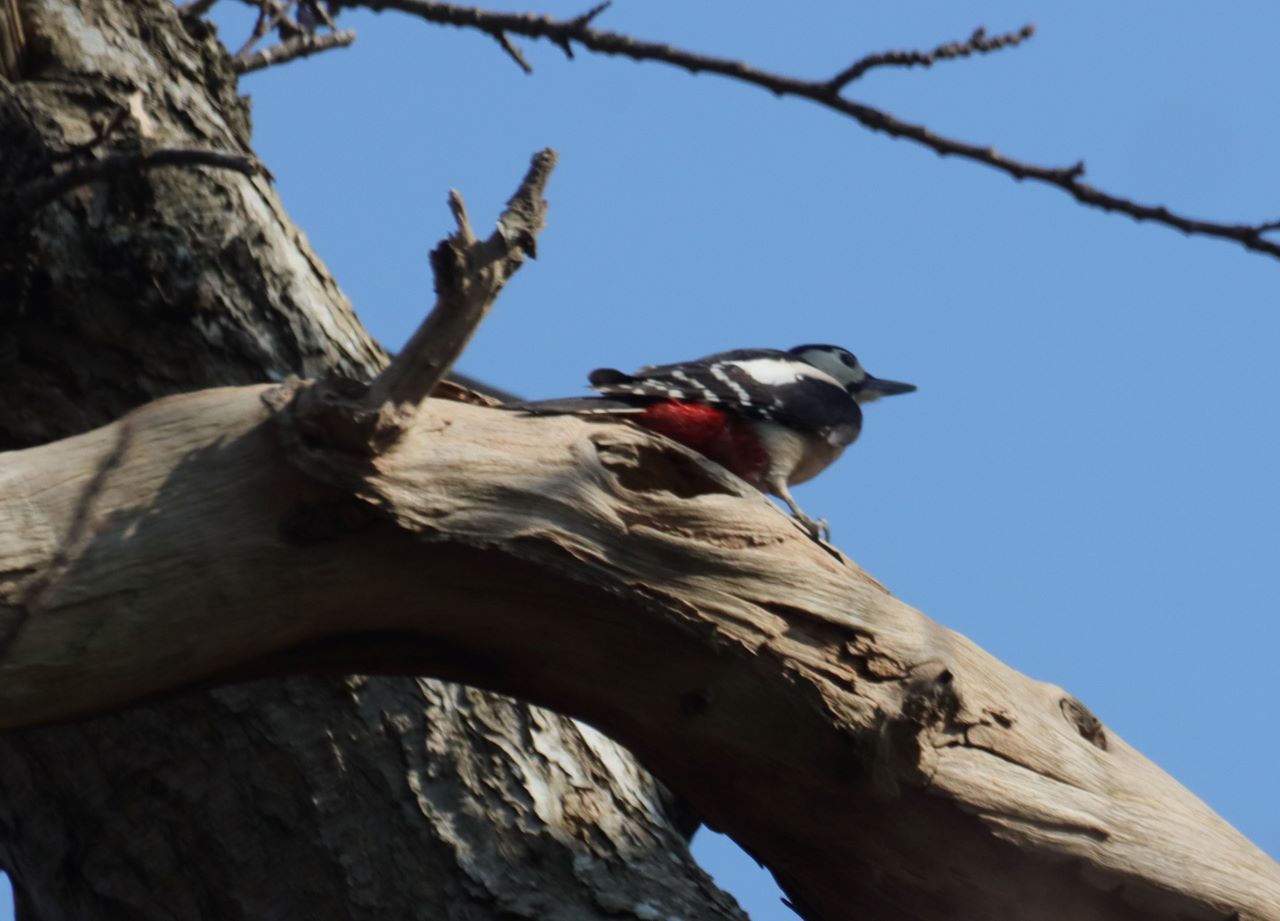
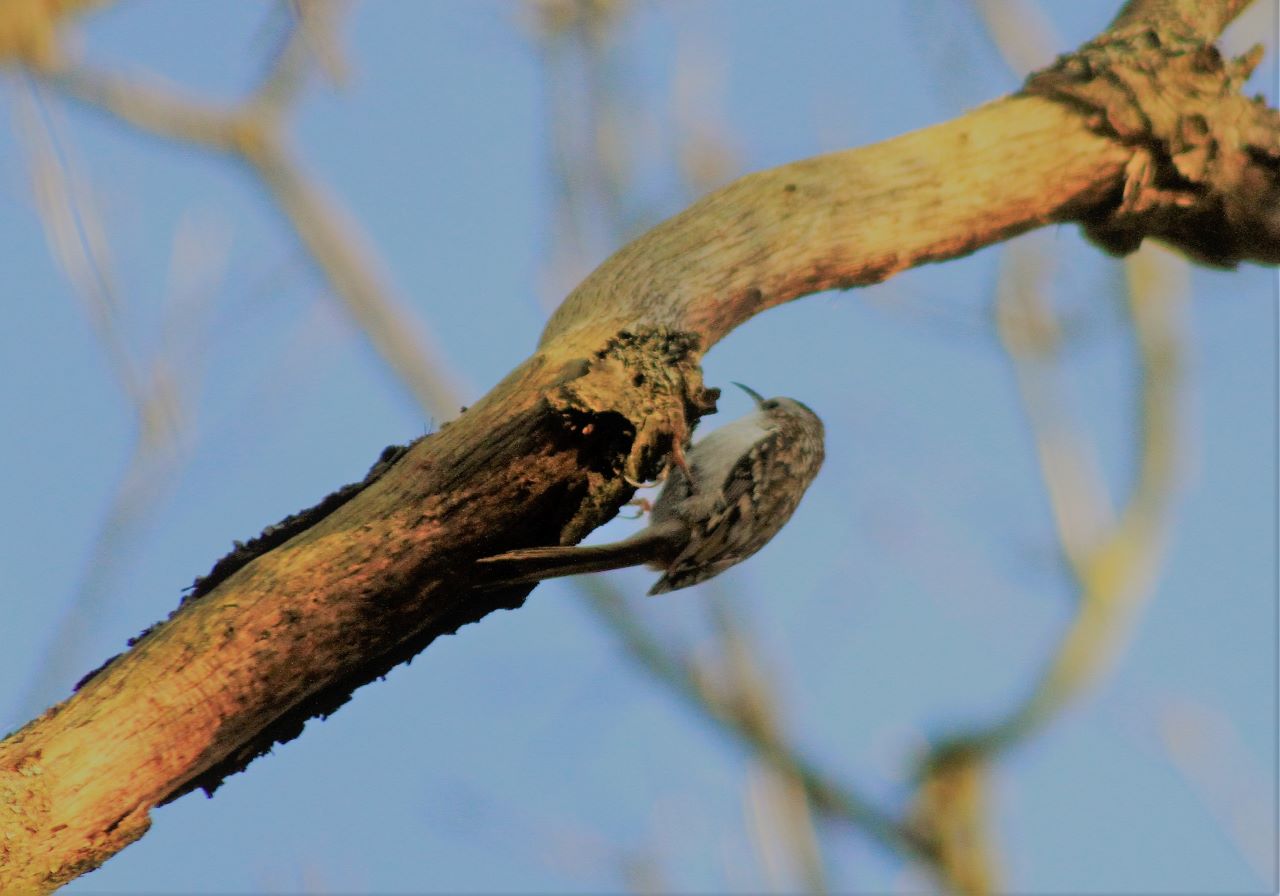

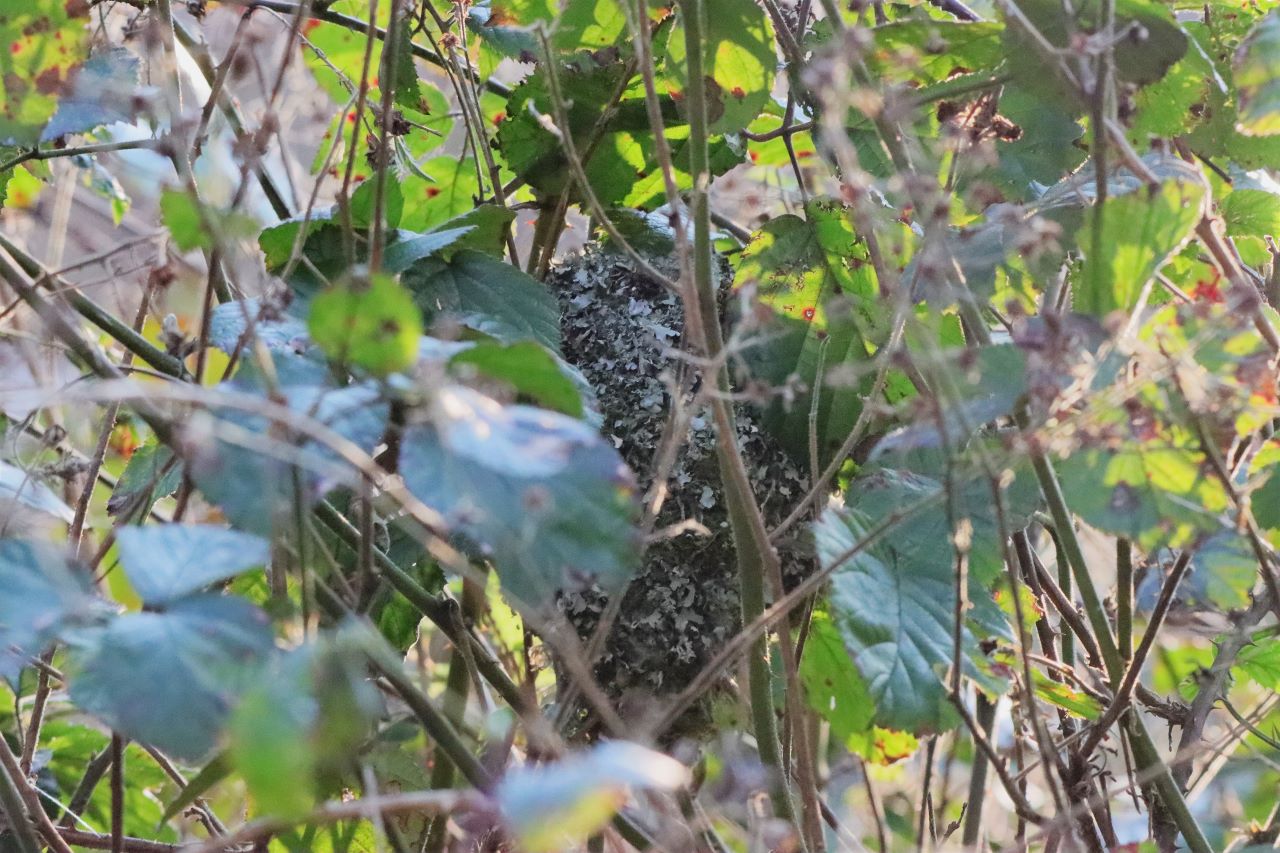
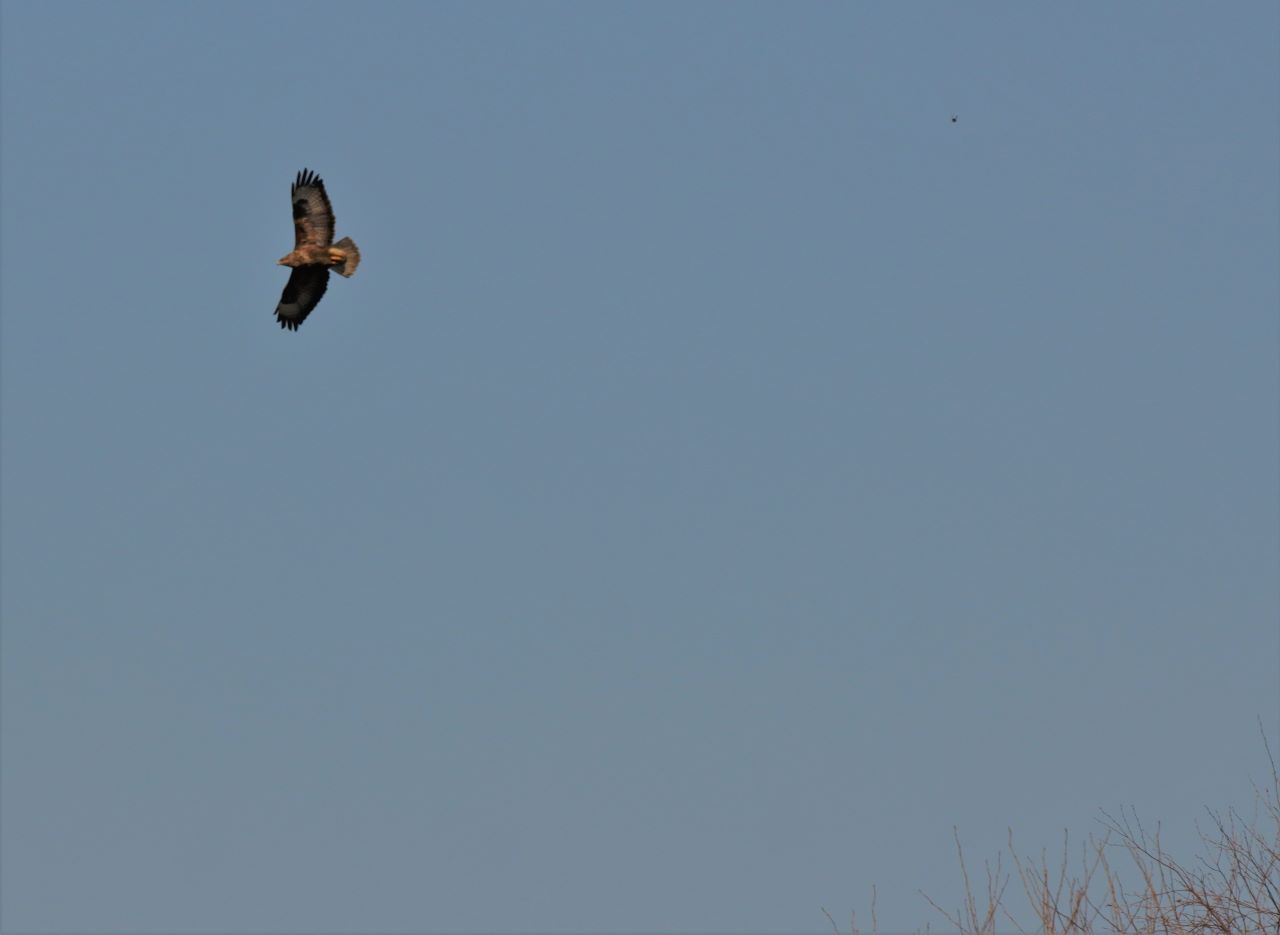
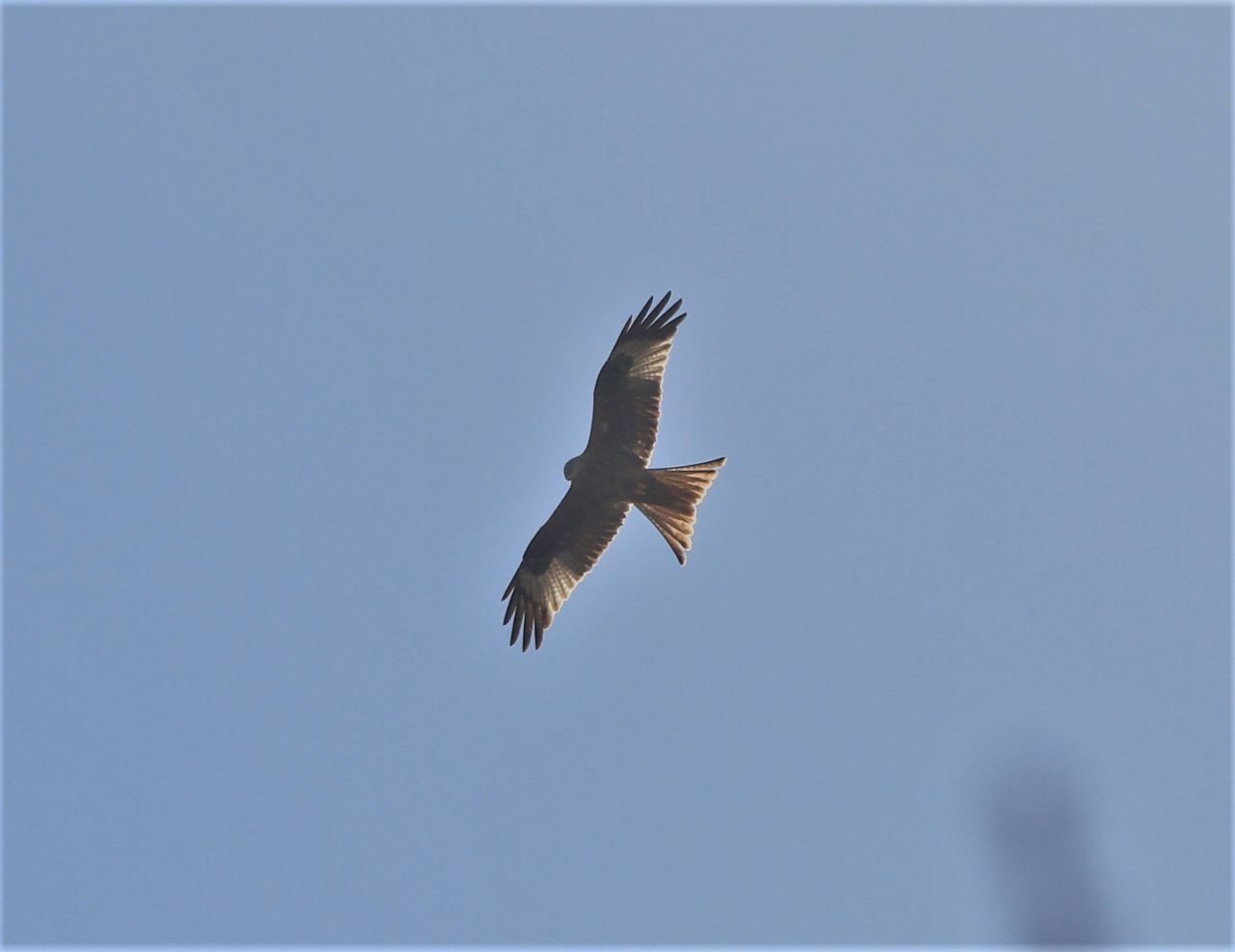
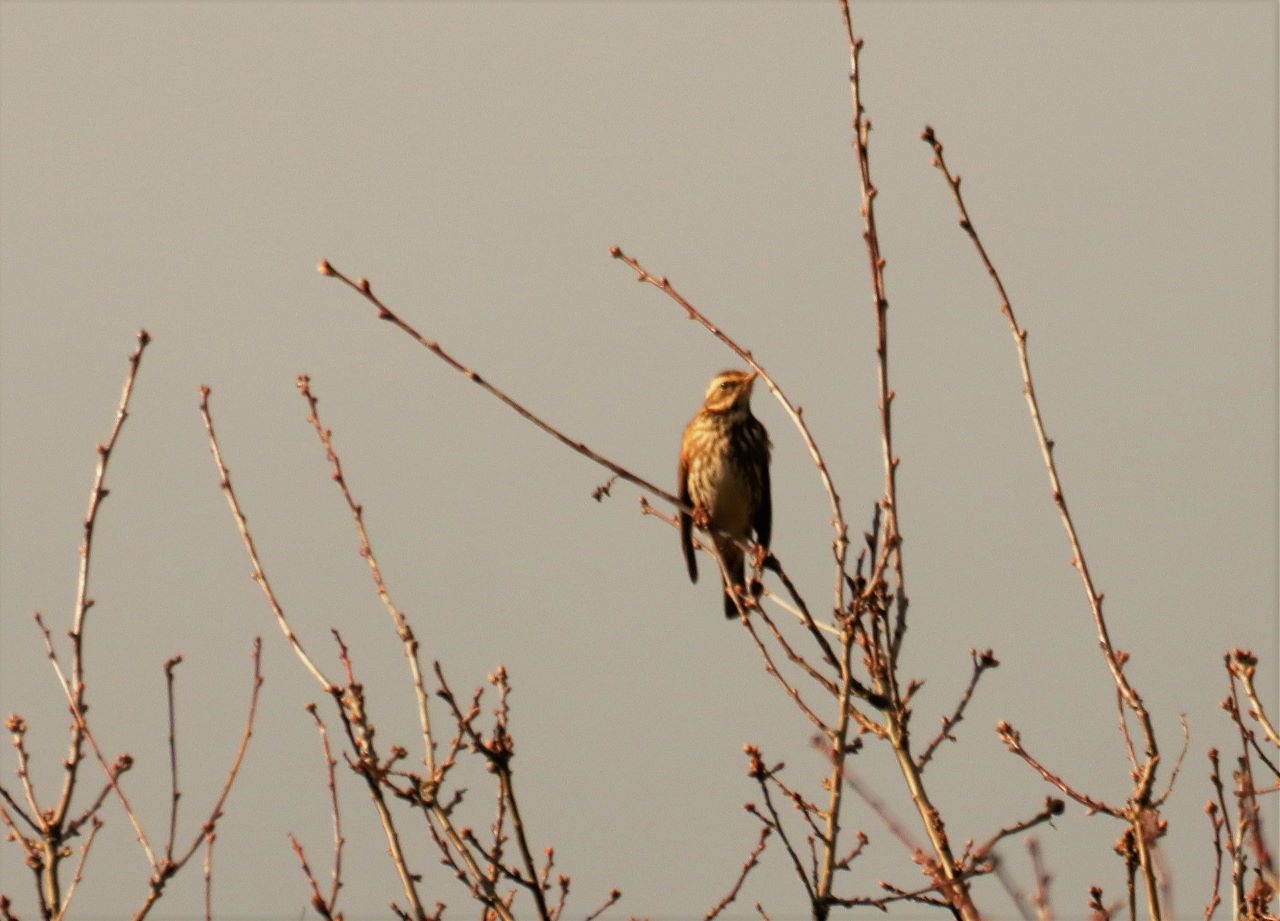
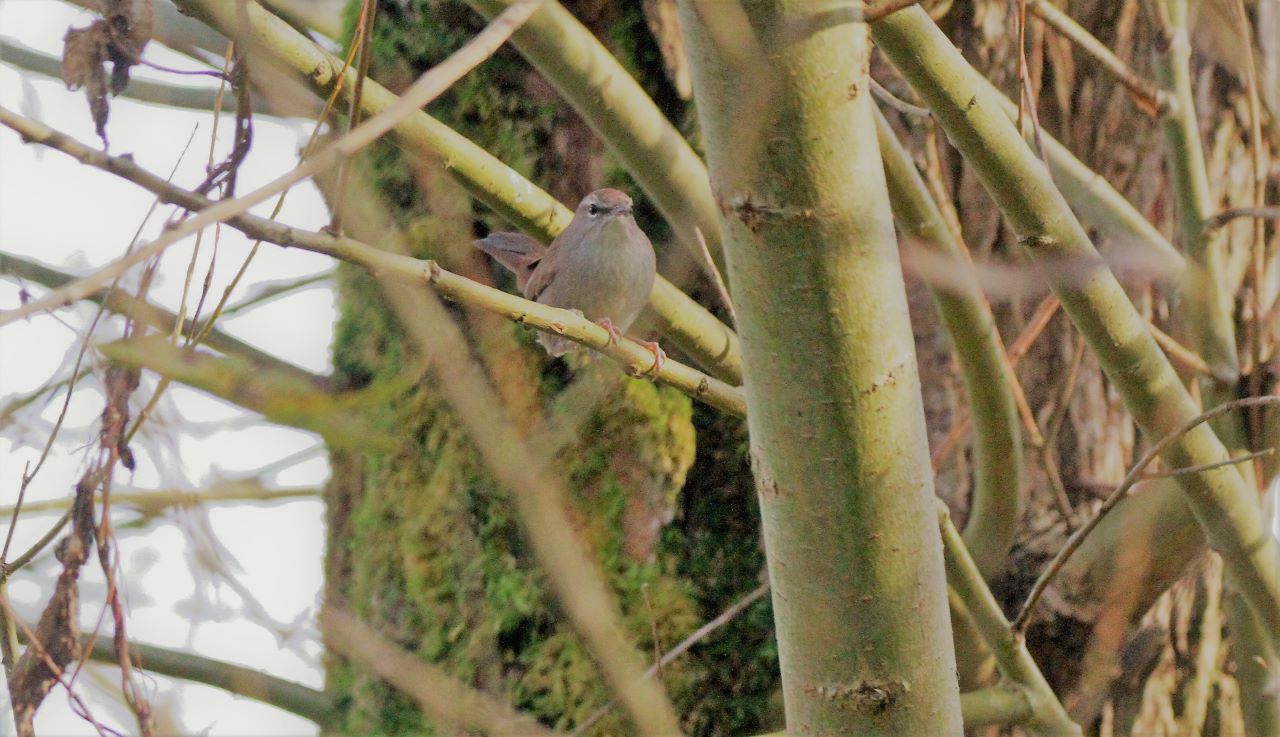
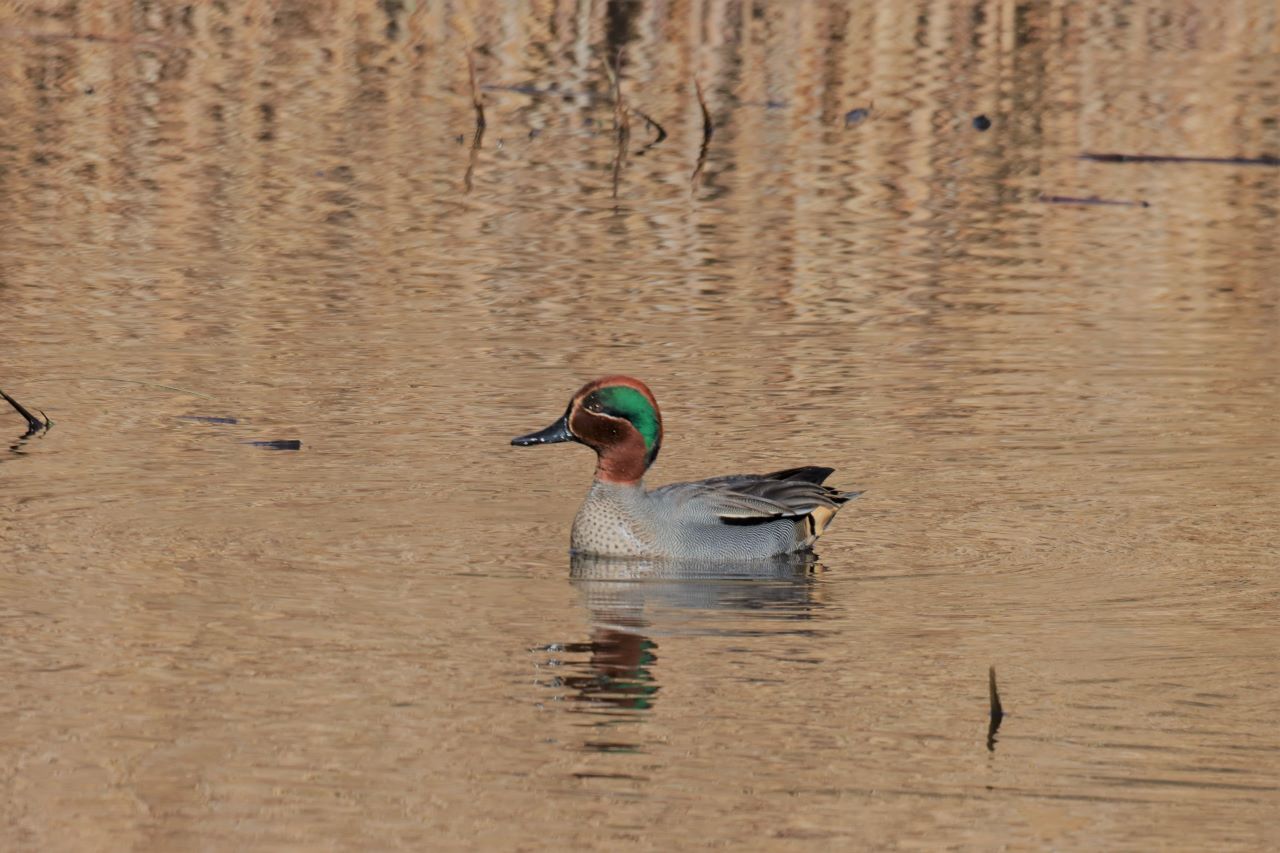
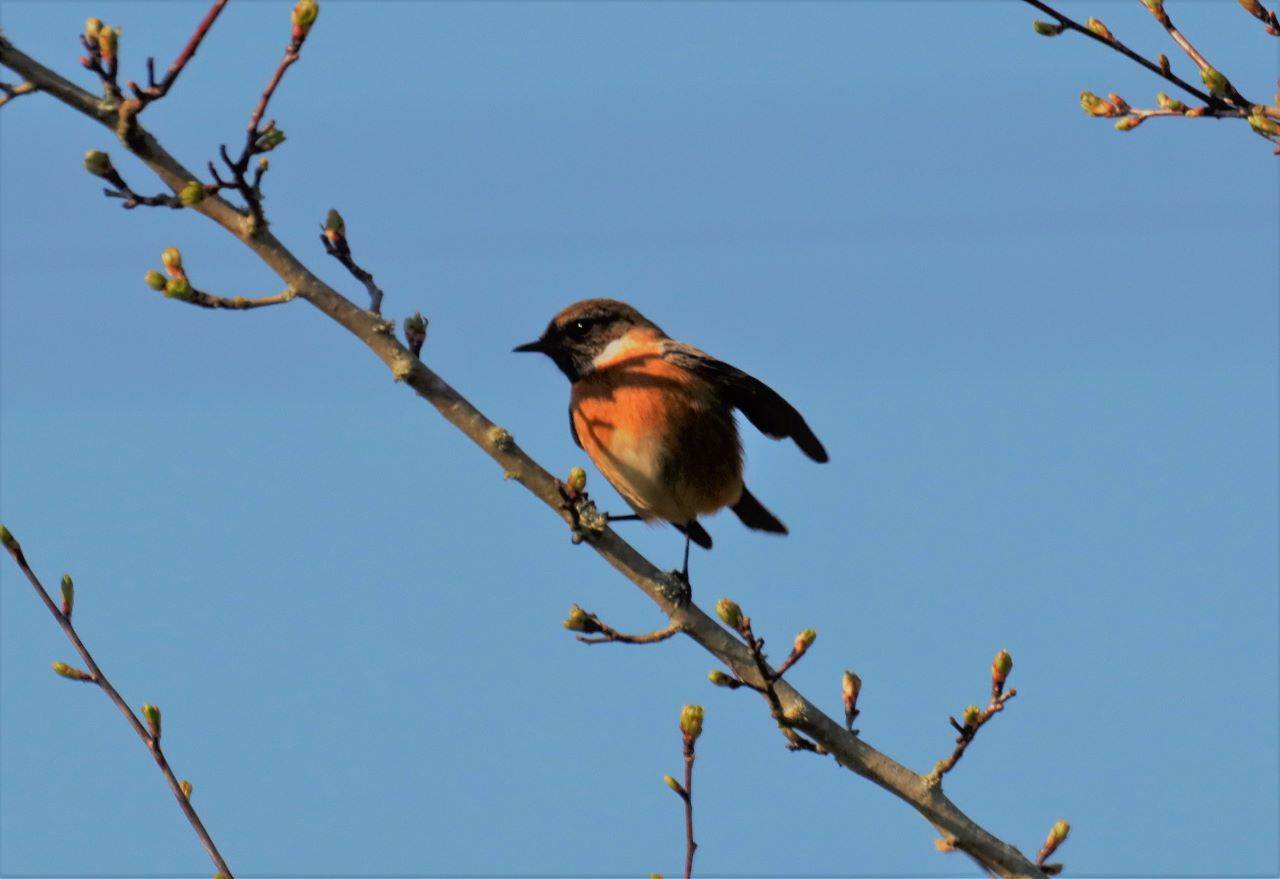
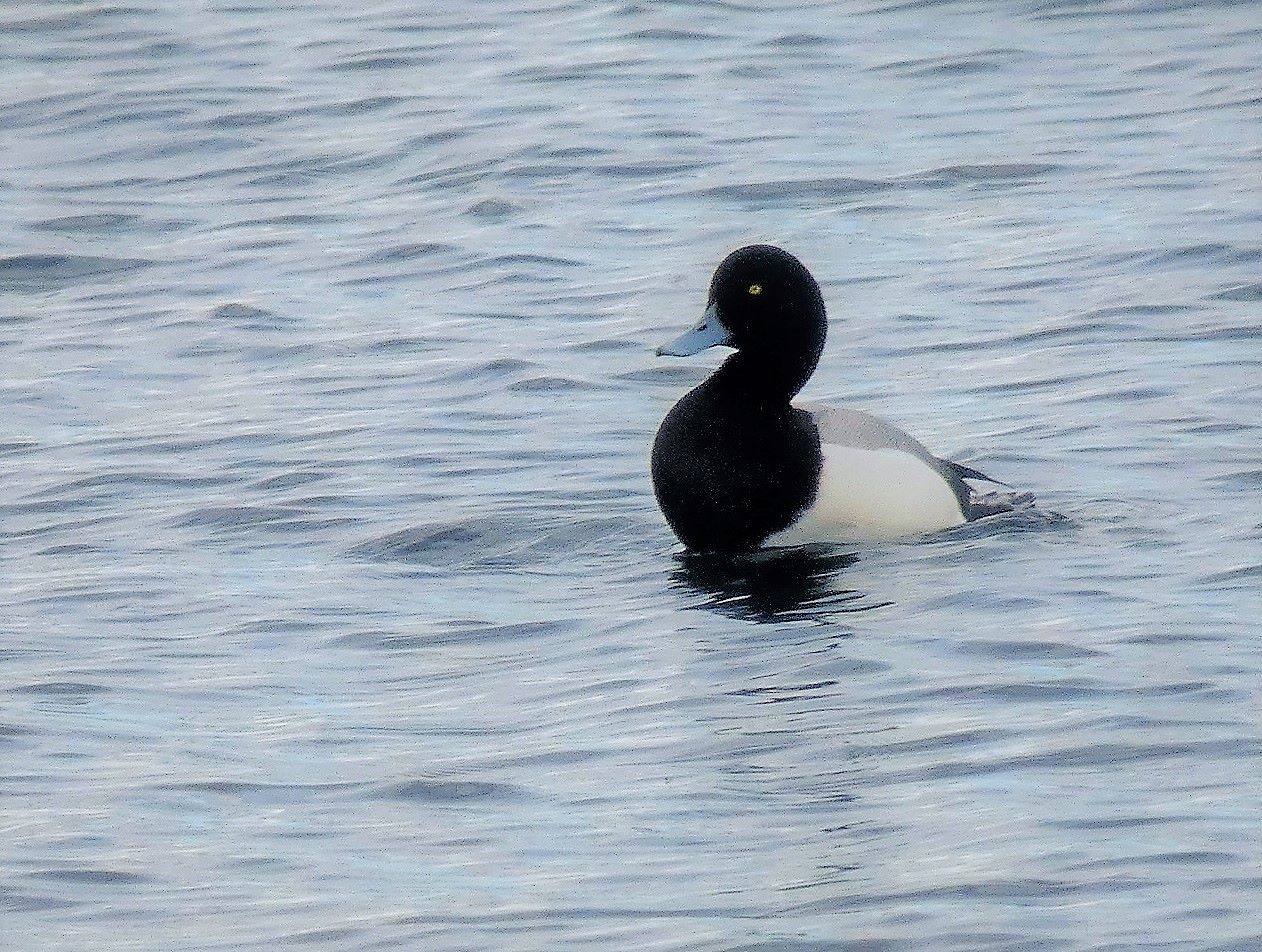
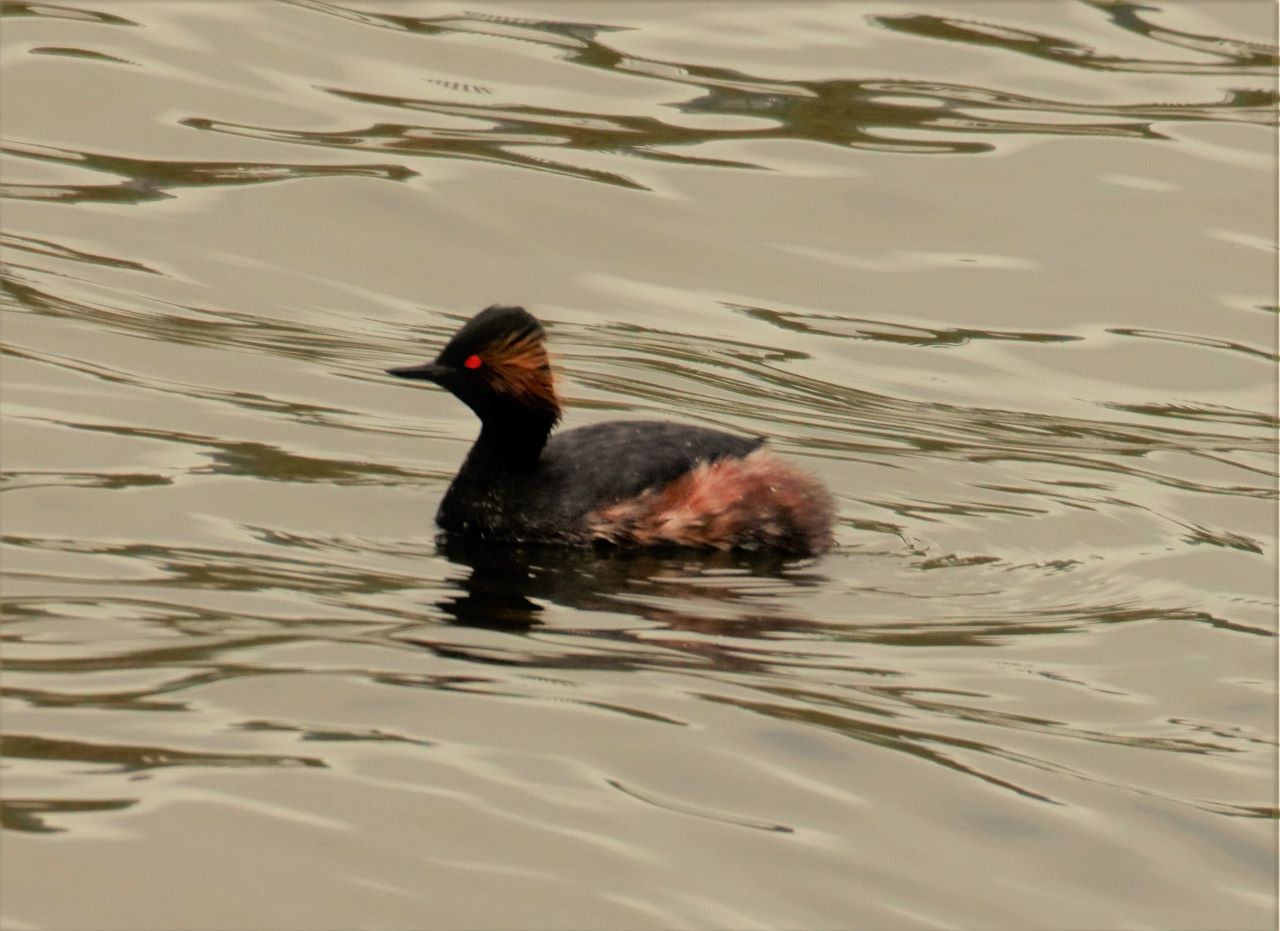
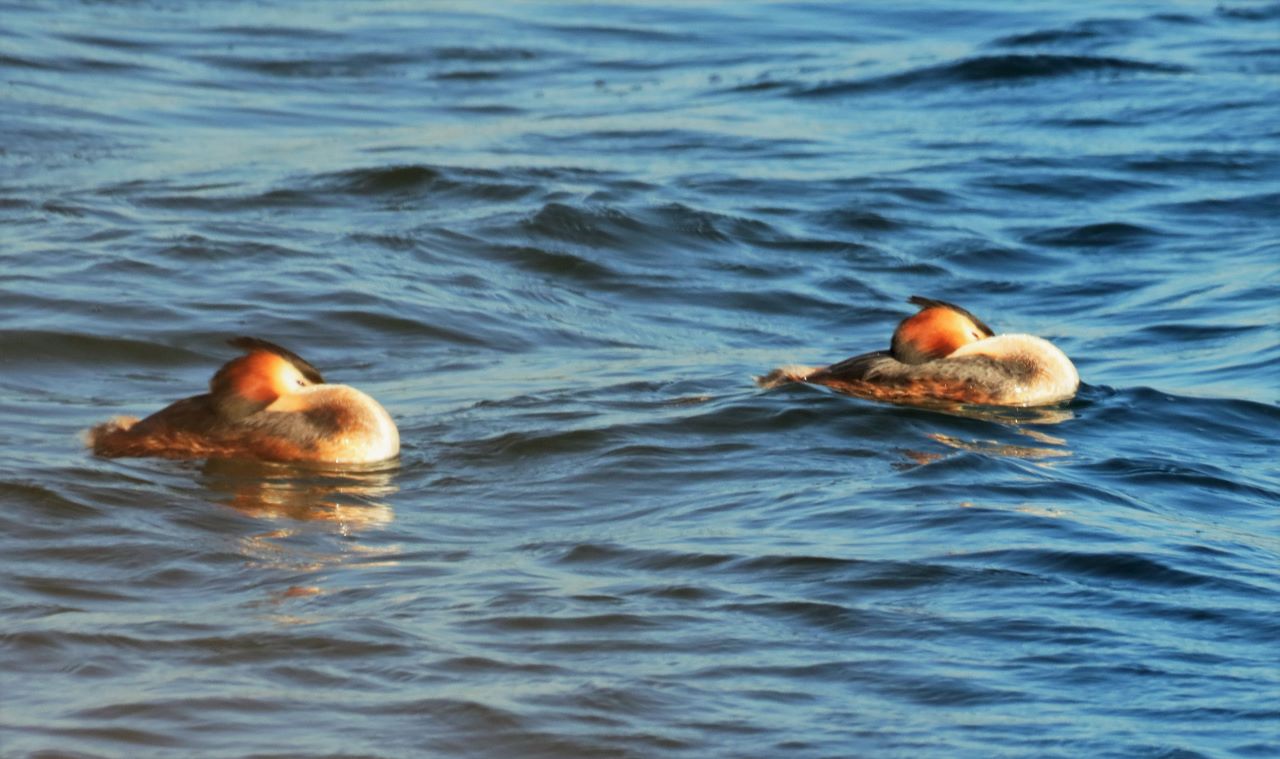

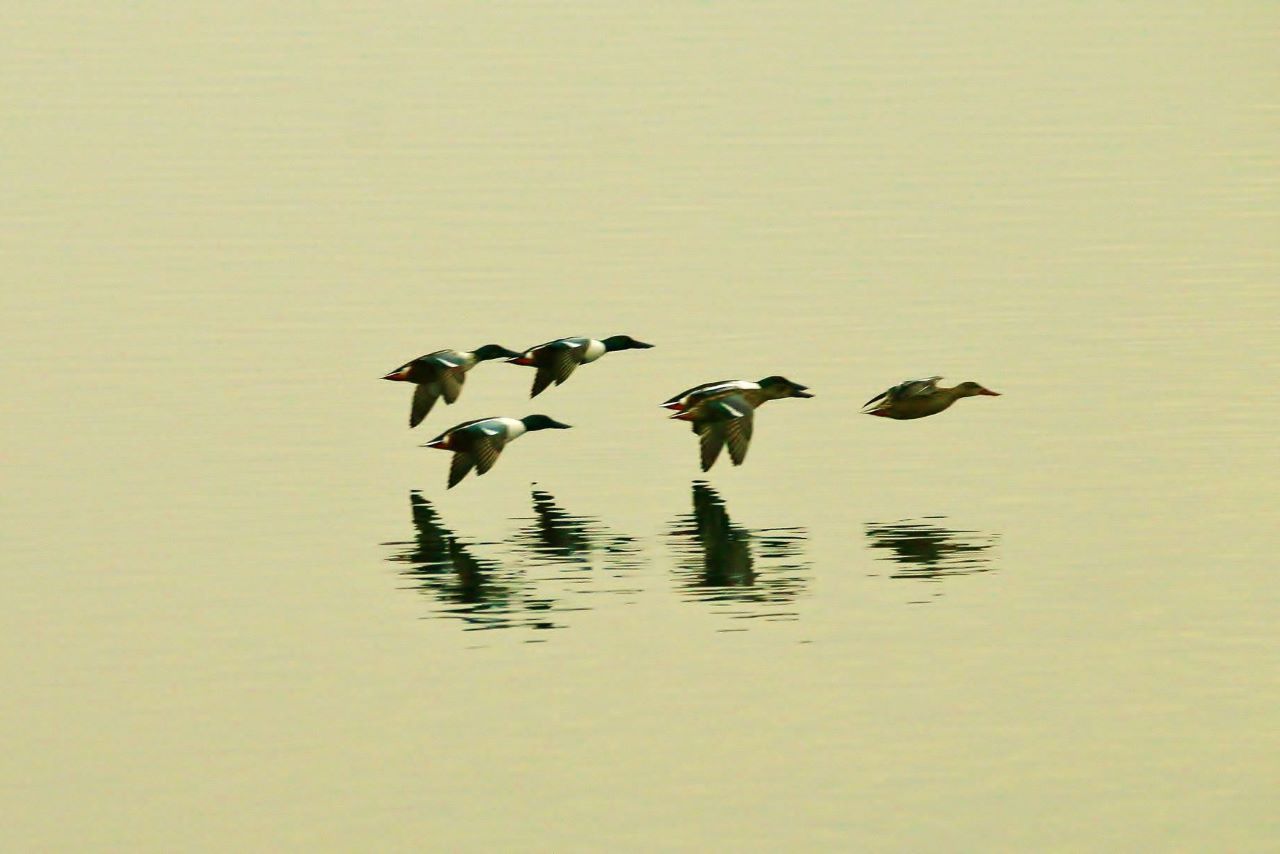
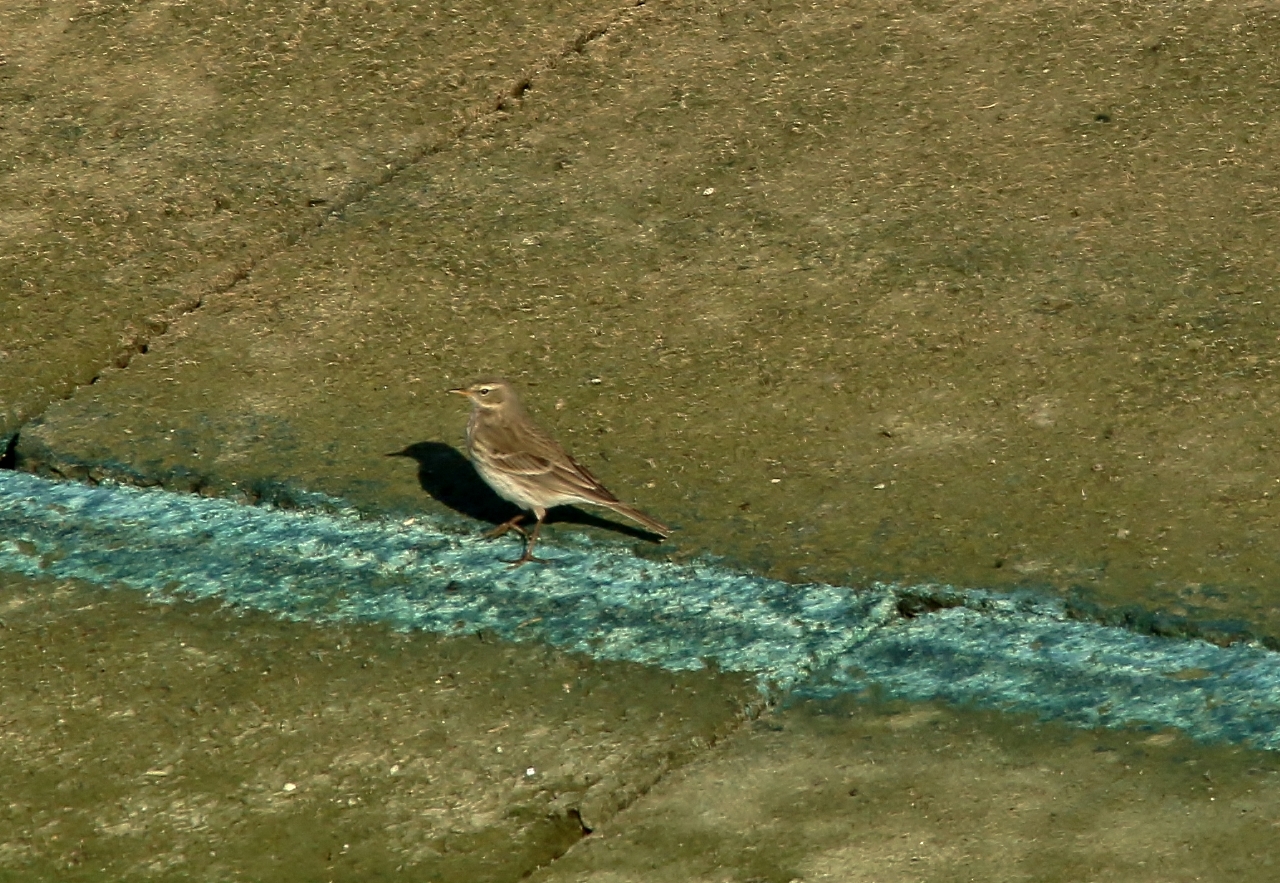
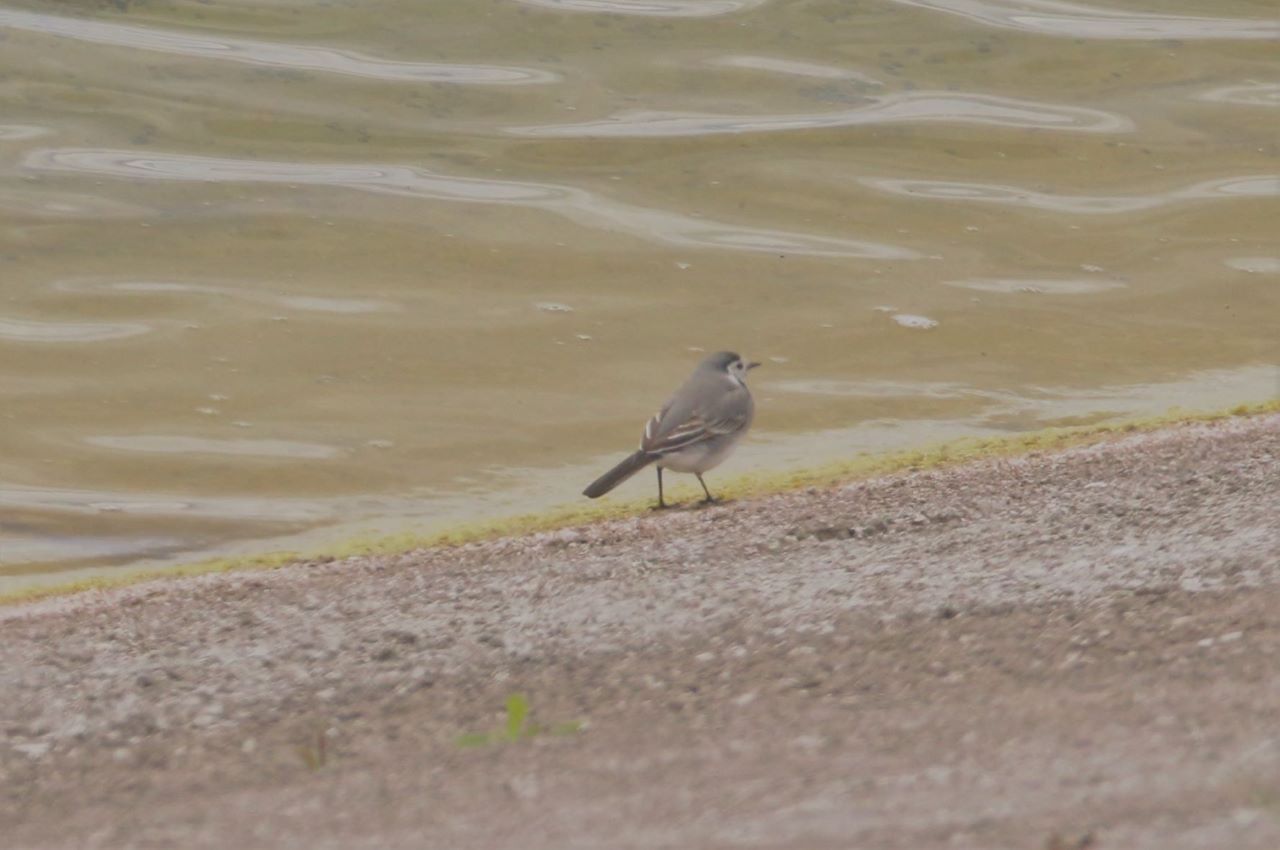
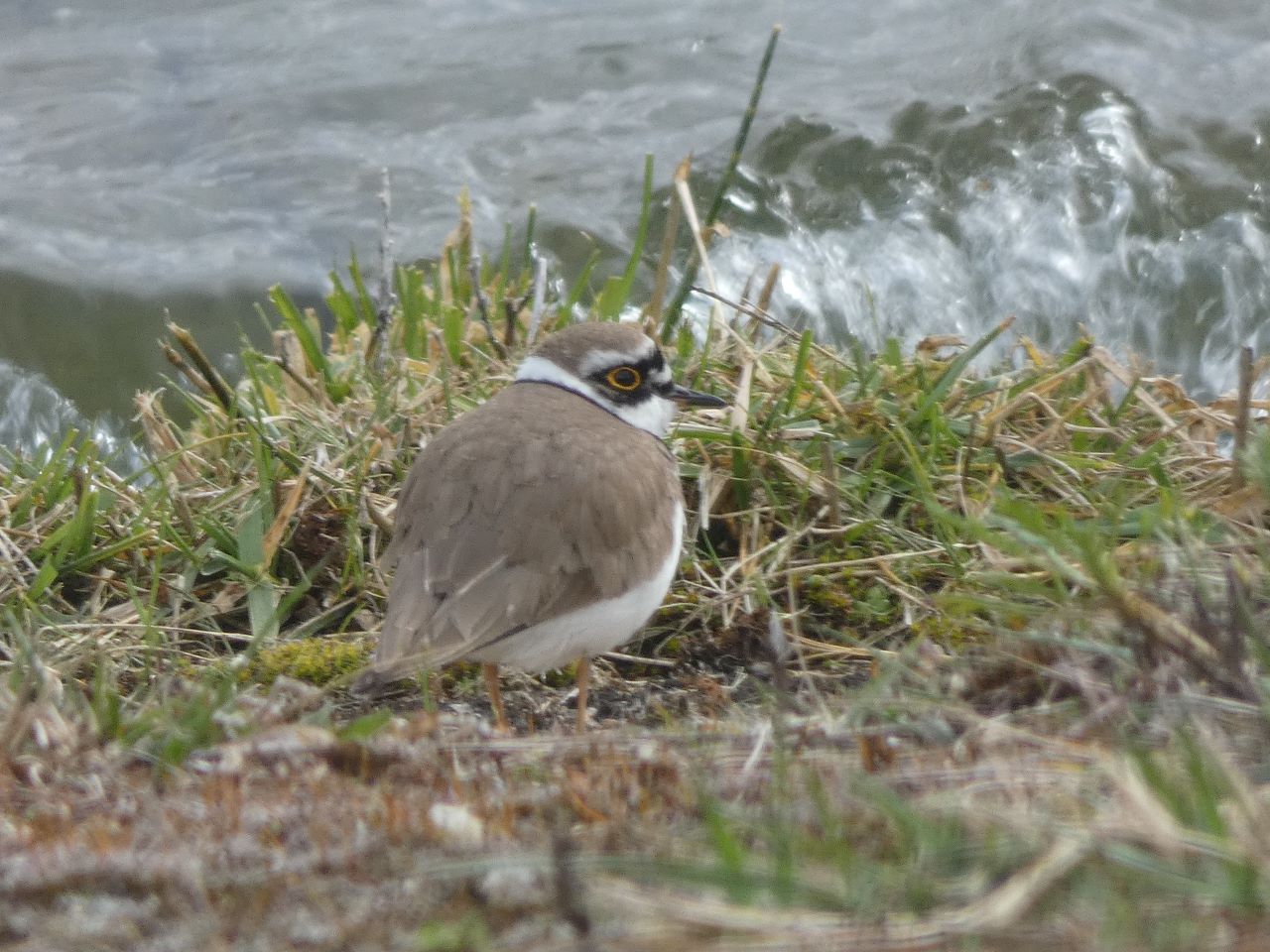
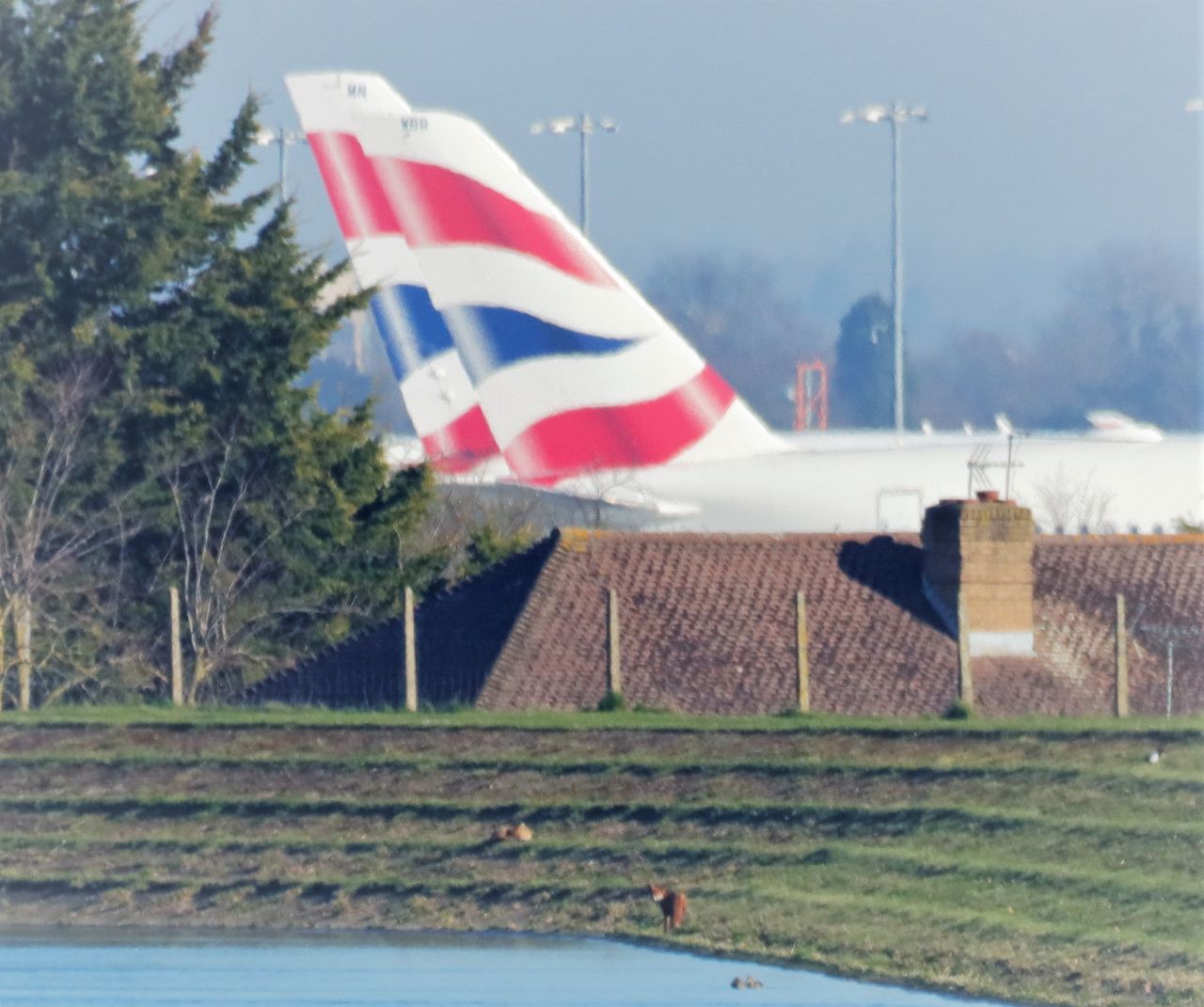
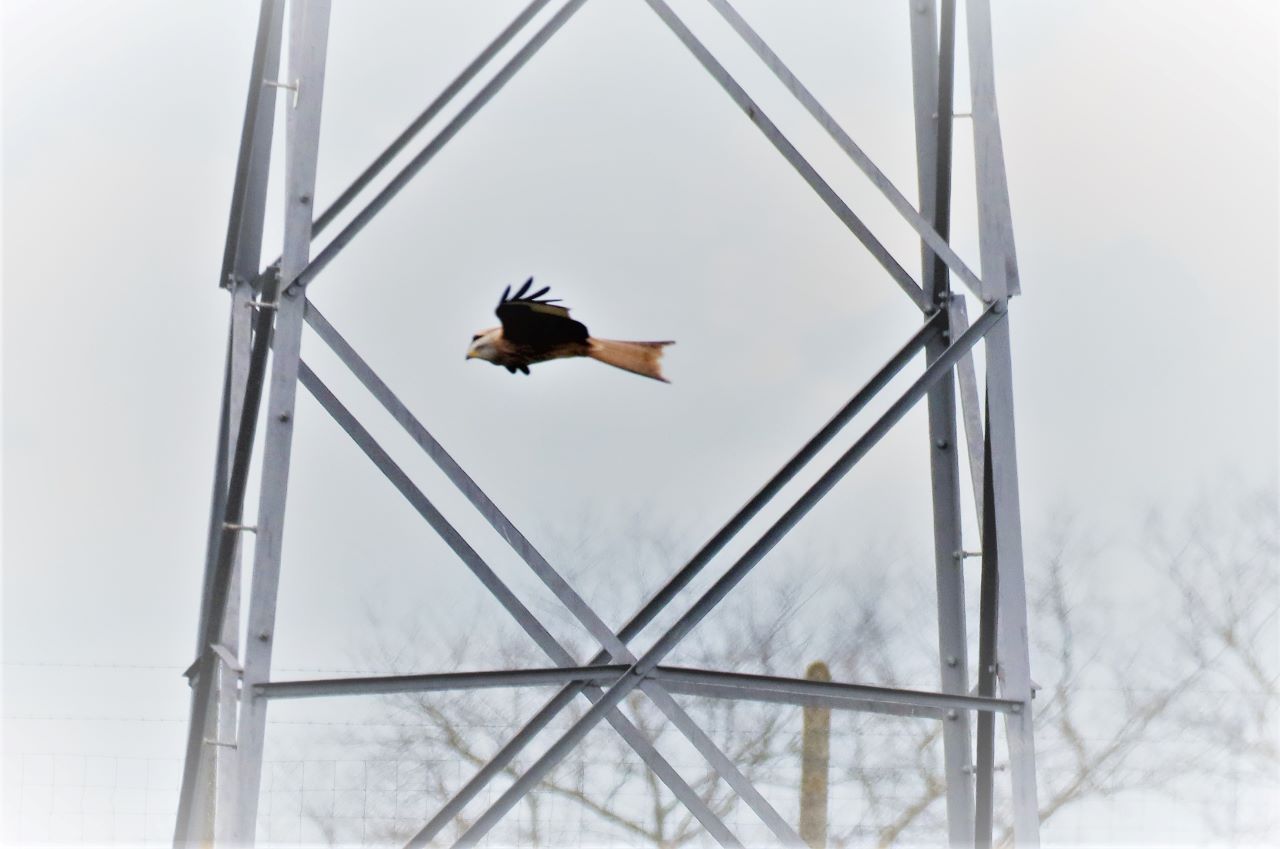









Recent Comments